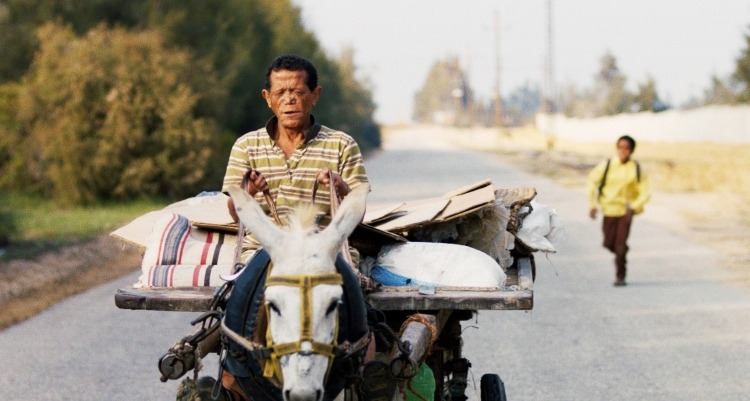Unapologetically raw, emotional and rife in human connection is Abu Bakr Shawky’s film Yomeddine, one of those rare cinematic works that provides viewers with an untapped look into the life of a leprosy survivor, a man by the name of Beshay who has lived most of his life in a leper colony only to find himself venturing outside it for the first time in his adult life.
Driven by a desire to find his family who abandoned him years ago, he begins a strenuous and emotional journey across the grueling desert landscape of Egypt. Joining him along the ride is a young orphan, Obama who has always accepted and adored Beshay. The two friends now face the realities of the world outside the colony as the journey on.
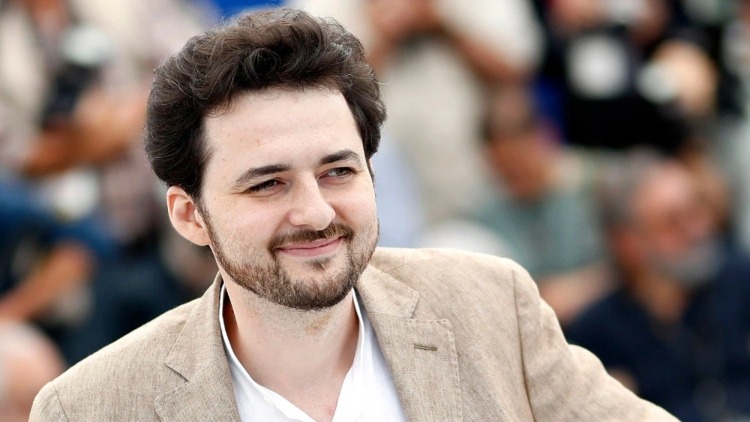
With such a riveting plot and exceptional characters, we wanted to take it a step further and delve into what truly makes this film special so we had a little sit down with the director of Yomeddine himself, Abu Bakr Shawky to tap into how the film was made and the impact it had on its viewers on World Leprosy Day.
Today is World Leprosy Day, so we wanted to sit with you and talk about Yomeddine seeing how effective it was in showcasing the reality of leprosy…what inspired you?
What got me interested initially was that I had done a documentary about the leper colony in Abu Jaabal as a film student and I got interested in the subject and wanted to explore it further and turn it into a feature film. With Yomeddine, its main character is someone who used to have leprosy and the main storyline revolves around that. So, we got a character who used to suffer from leprosy, began the filming process and that was how it all started.
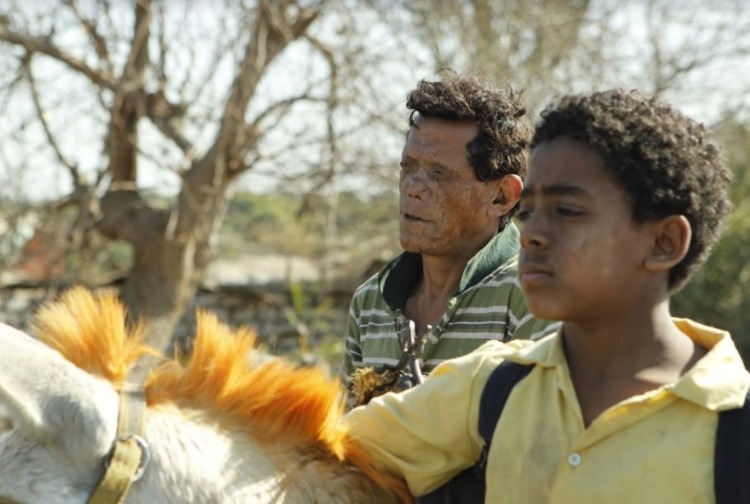
What were some of the biggest highlights of your journey in developing this film?
It was a very long process, took almost five years starting from writing the script to screening the actual film. Throughout that time we faced lots of ups and downs and went into the usual channels of independent filmmaking and independent funding which is a long and arduous process. It isn’t always simple especially when It comes to films that are very independent and also films that are first features for filmmakers. In terms of highlights, the biggest was gaining the opportunity to work with talented non-actors on an independent film, it was truly a blessing.
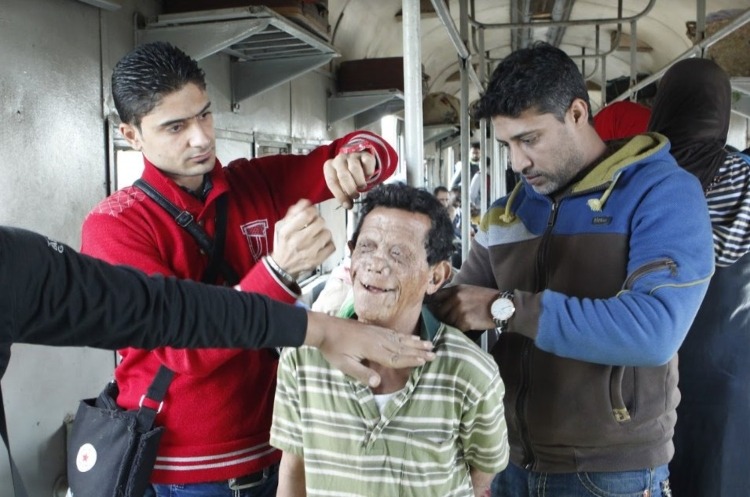
What was the process like in finding the lead to play Beshay?
The process did take us a while but what’s funny is that the first person who walked into casting, Rady Gamal, was the person who we ended up getting cast. He was the first person I met and initially, we clicked really well and he understood the story very well and was very close to that life and understood what I wanted to do. We still spent some time looking for other people but it was always Gamal who we came back to.
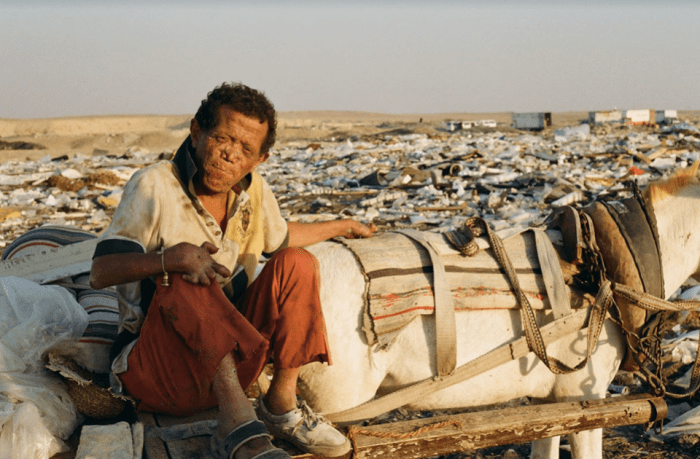
A very interesting aspect of Yomeddine is its incorporation of dream or flashback sequences. What role did those scenes have in portraying the story?
With Beshay, throughout the film, he would dream about moments that traumatized him, that occurred during his childhood or even current events of the film. Those scenes are a manifestation of the fears he’s going through. Throughout the film, he would have several of these dreams that would serve as a manifestation of those inner fears and showcase the misjudgment and cruelty he faced from people around him. So through these dream sequences, audiences get access to a unique hidden channel within Beshay’s psyche that unravels the consequences of having to go through years of maltreatment and misunderstanding.
Some of the scenes in the film were painful to watch like any time Beshay gets maltreated, misjudged or feared by the community around him. How much of those scenes stem from actual real-life incidents? How were you able to pool together those scenes?
The film and the story are fictional but a lot of its scenes truly do stem from several real-life stories that I have heard throughout my life. I’d hear someone would get mistreated here or there or specific events happening so overall, I knew a lot of people who were misjudged or feared and that played a large role in depicting many of the scenes in the film.
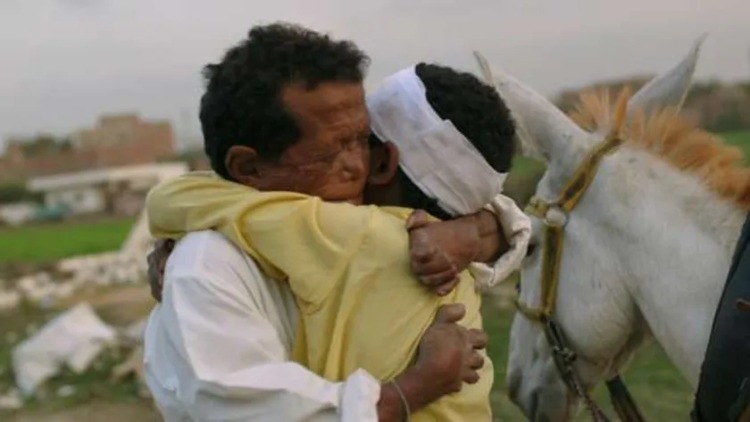
Are there still leper colonies today? What are they like?
As far as I know, there are still leper colonies. In Egypt, there are two remaining, one in Abu Jaabal and one in Alexandria and both house a community of people who live together while sharing the same ailment.
What are some of the misconceptions that people have about leprosy?
I don’t know if I can call label them as misconceptions, I think it is more of the concept of having people feel afraid of things they do not understand and diseases that they do not understand. Sometimes people would stay away from people with leprosy because they would be afraid of getting the disease. So at the end of the day, I think generally people are afraid of what they don’t understand but with a little bit of research, they can actually break it down and truly understand what it means to have leprosy.
Did the film change any perspectives or create a certain impact on its viewers?
I don’t know if it did but I do hope that it had some change on people. It’s a simple story that depicts the journey of a man and within that story, the world gets to see glimpses of the inner life of someone who used to have leprosy which I think is refreshing and I do hope it helps to create a clearer picture of the condition itself and the struggles associated with it.


